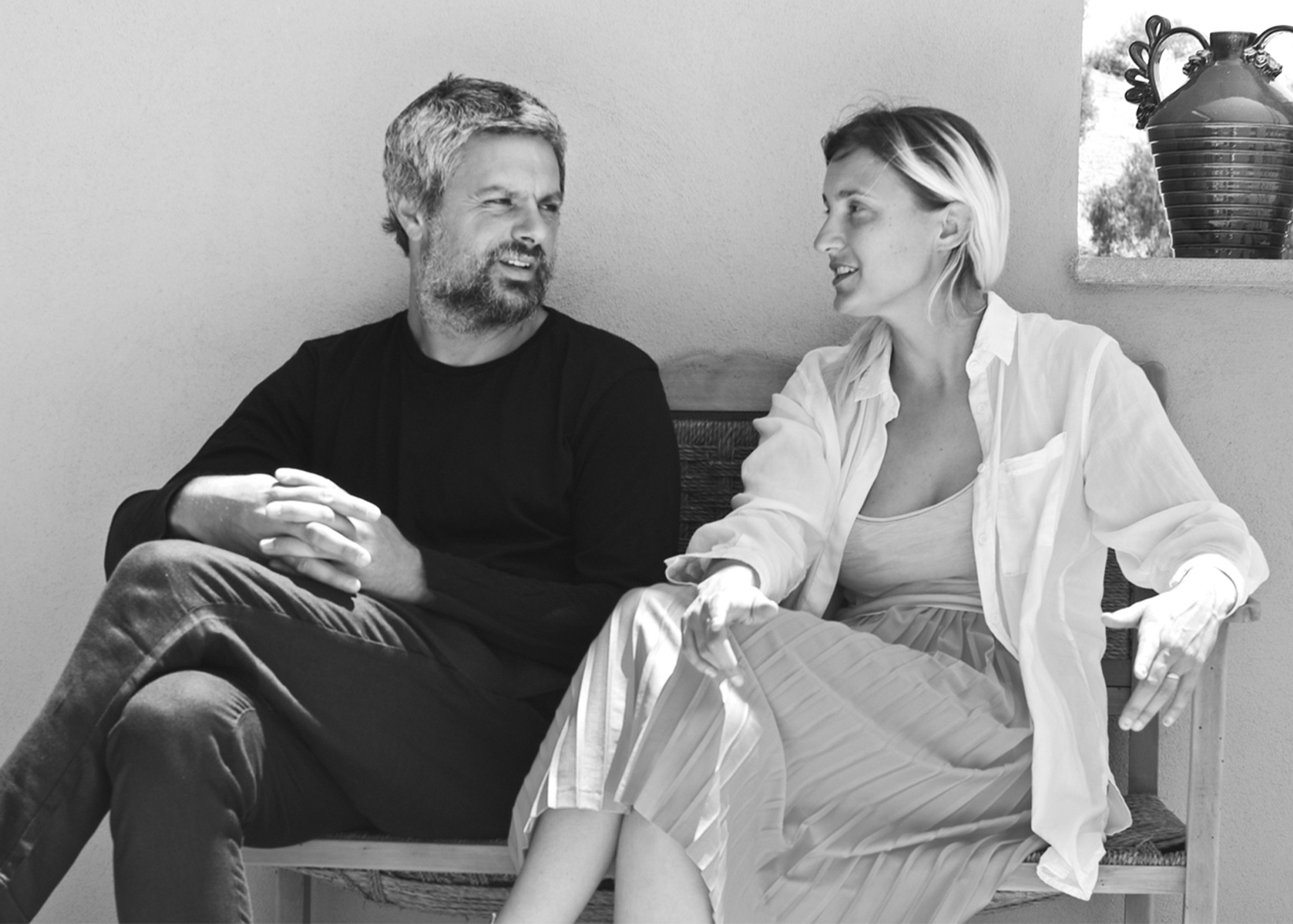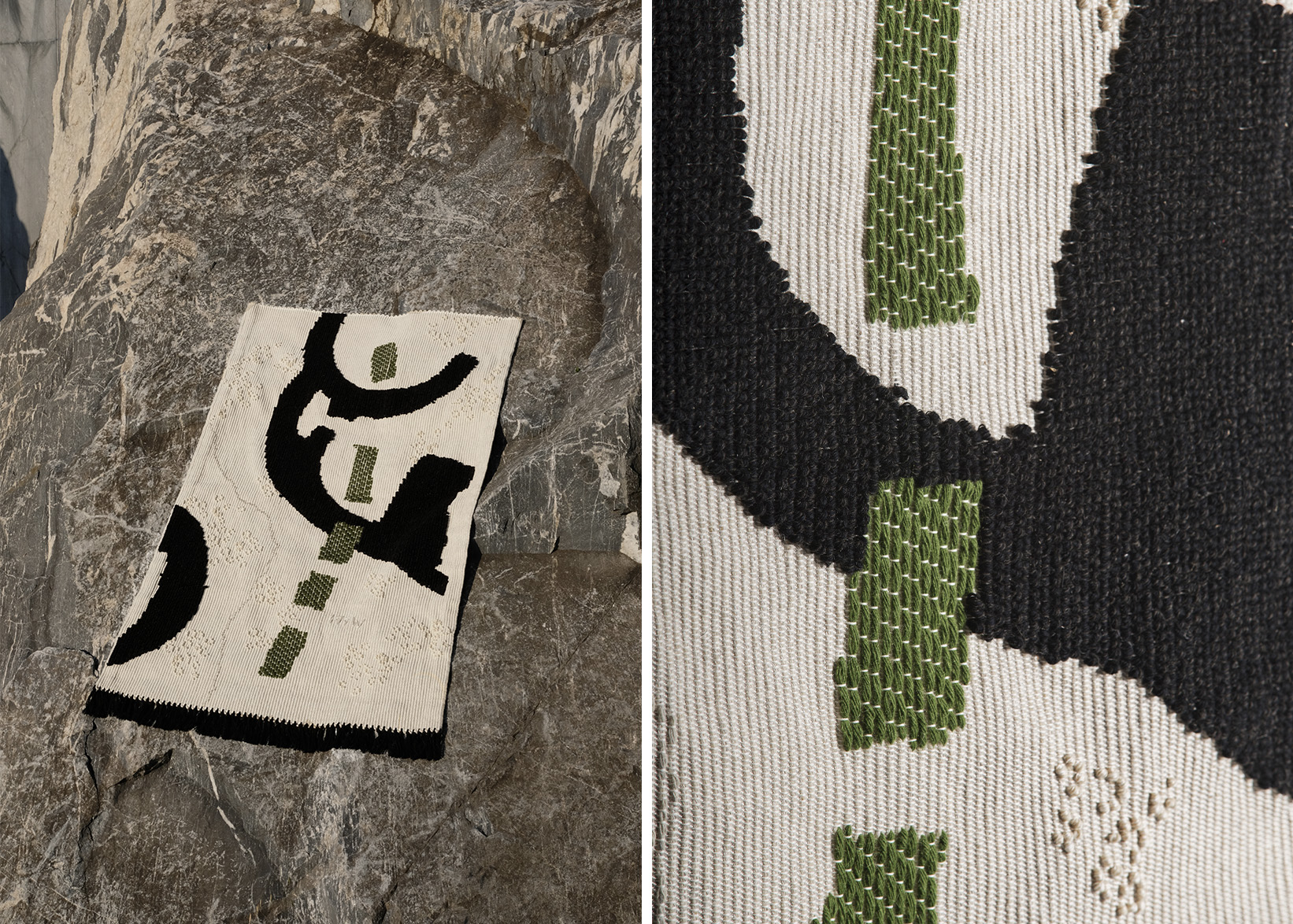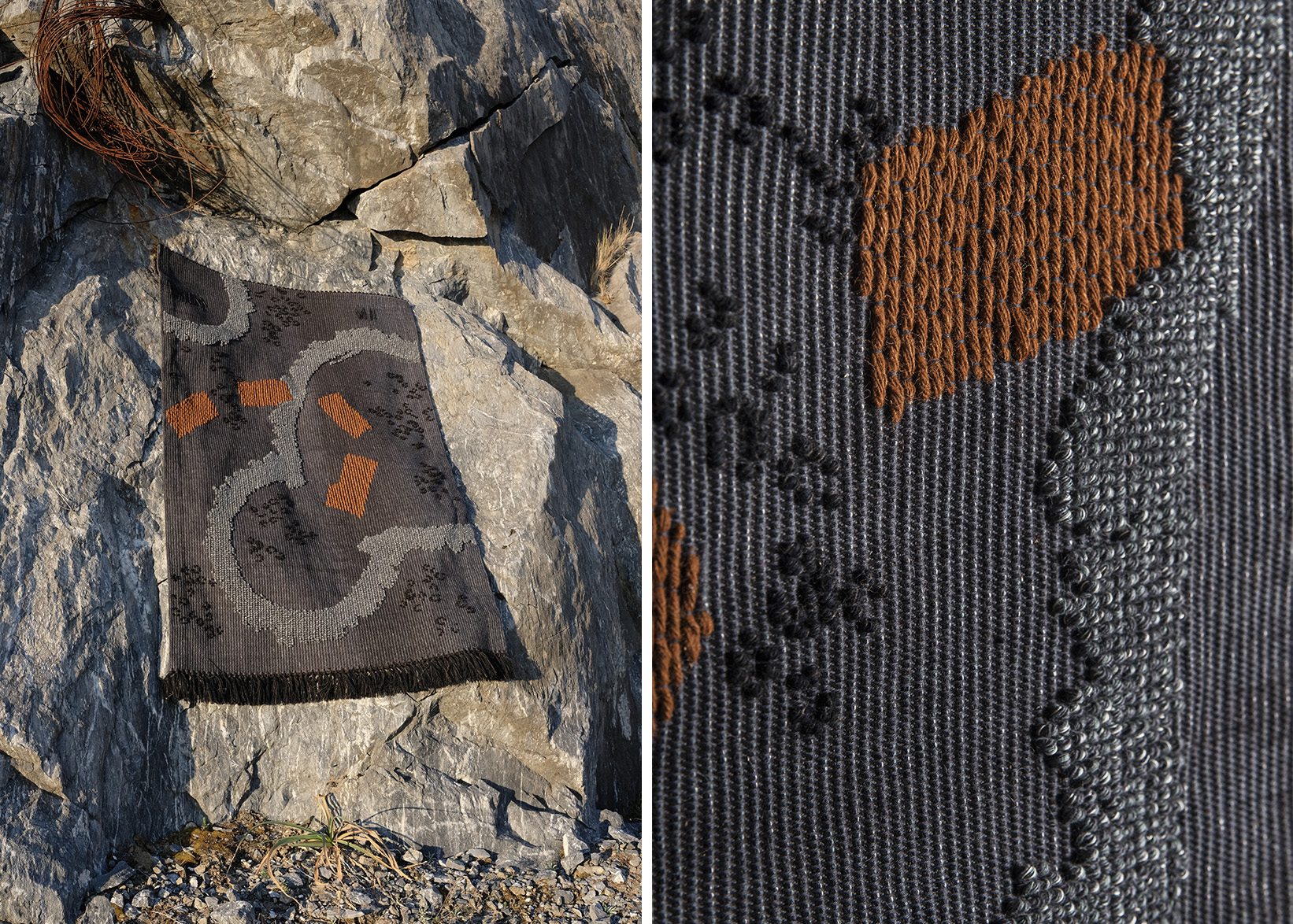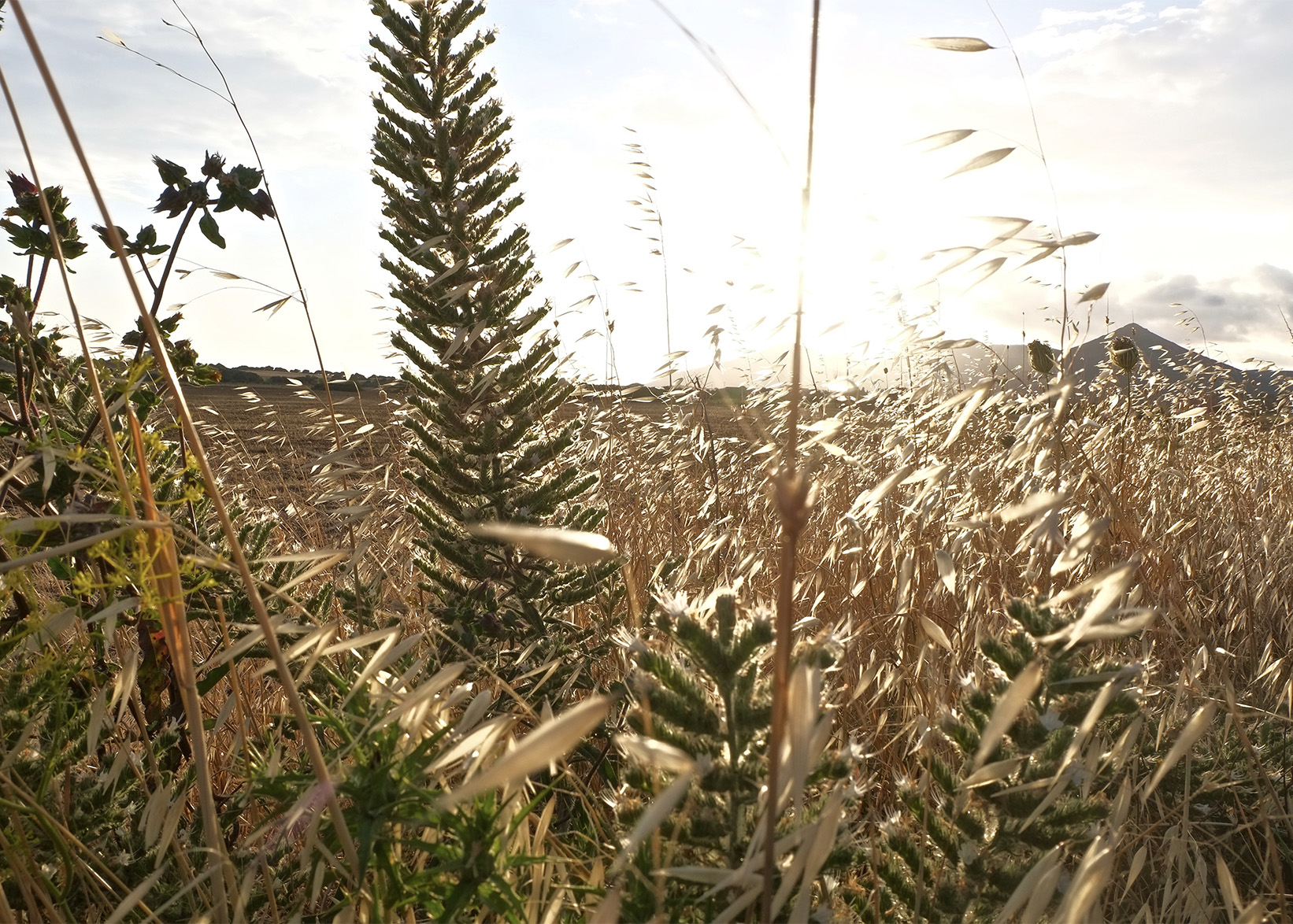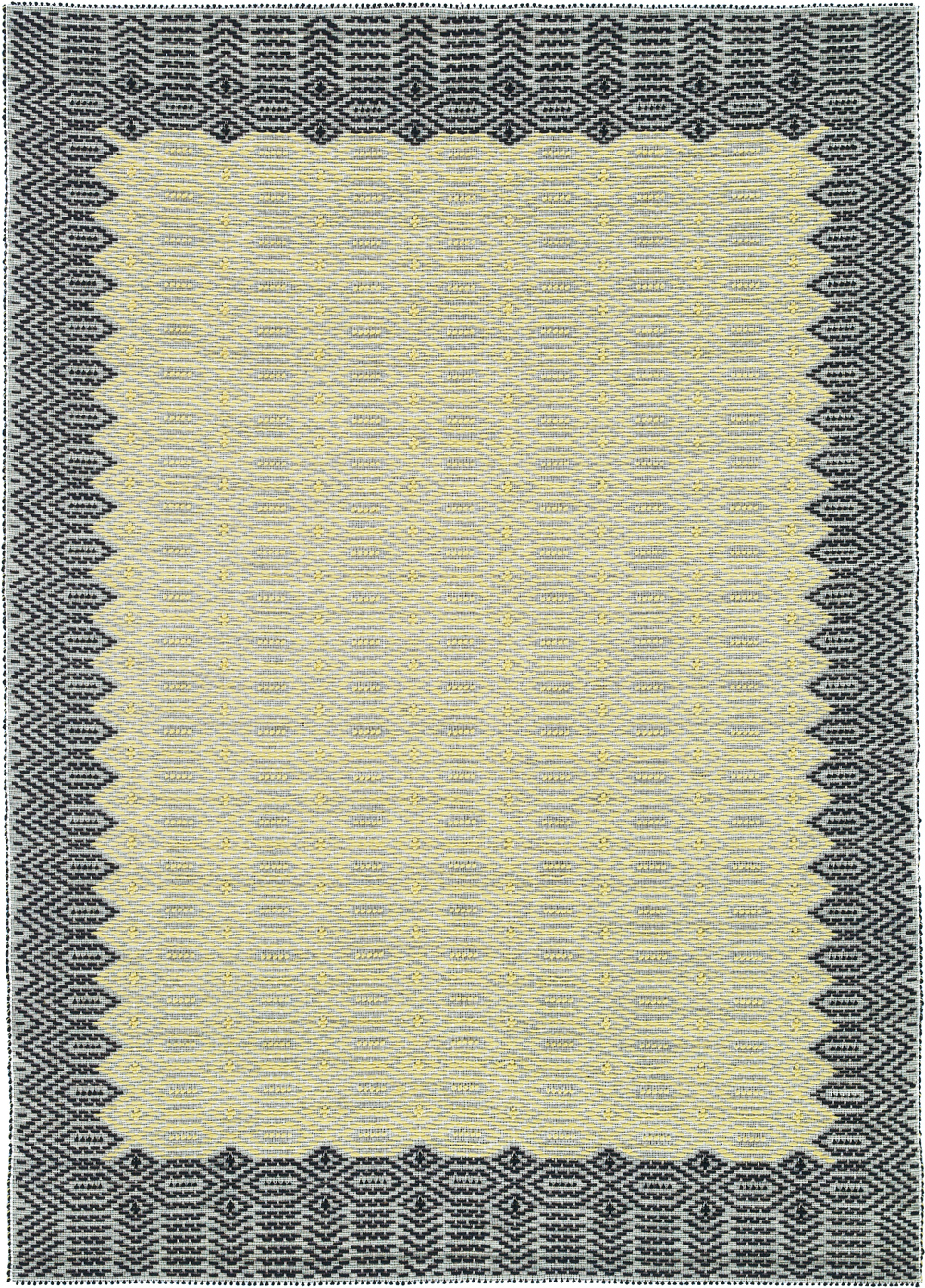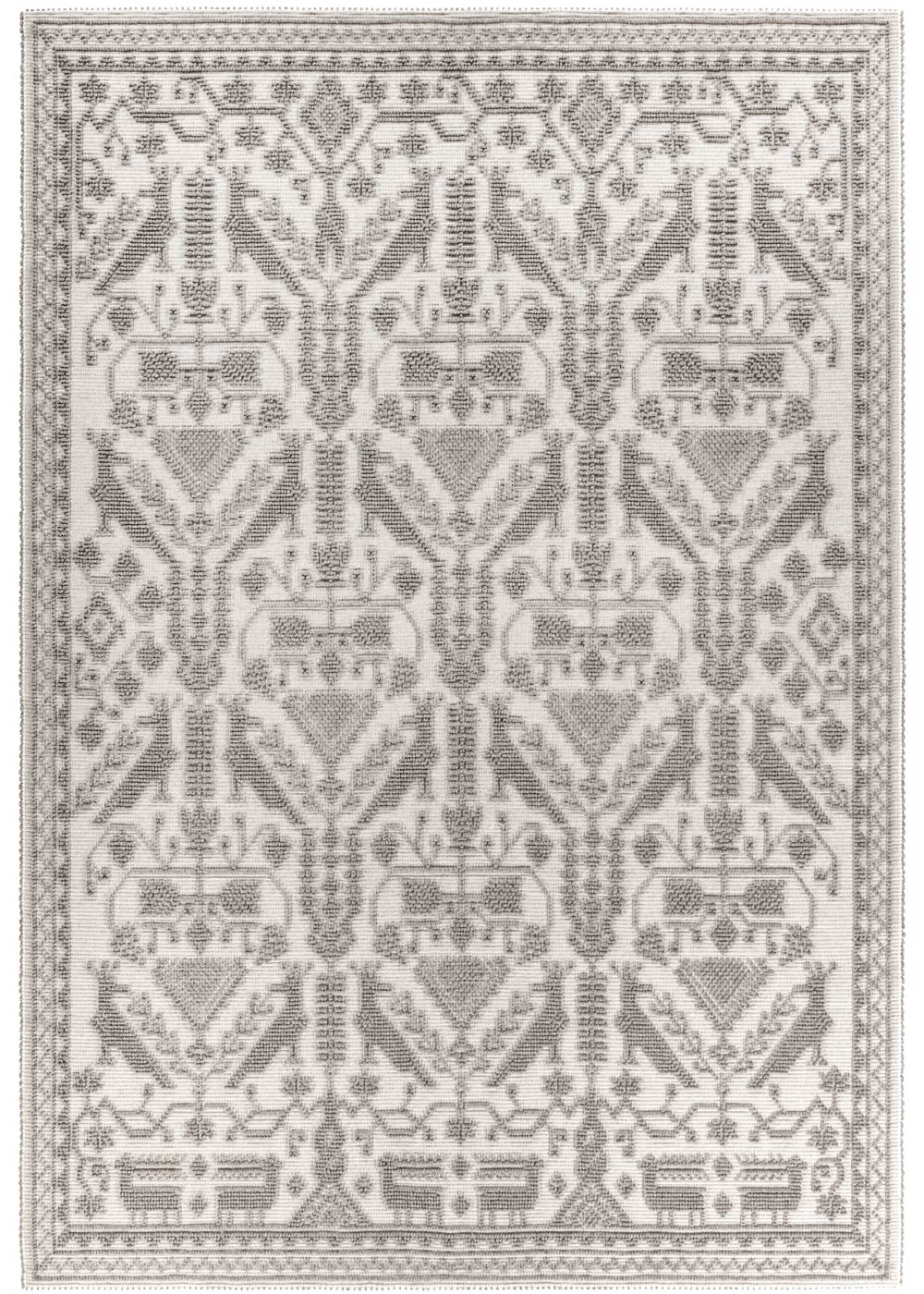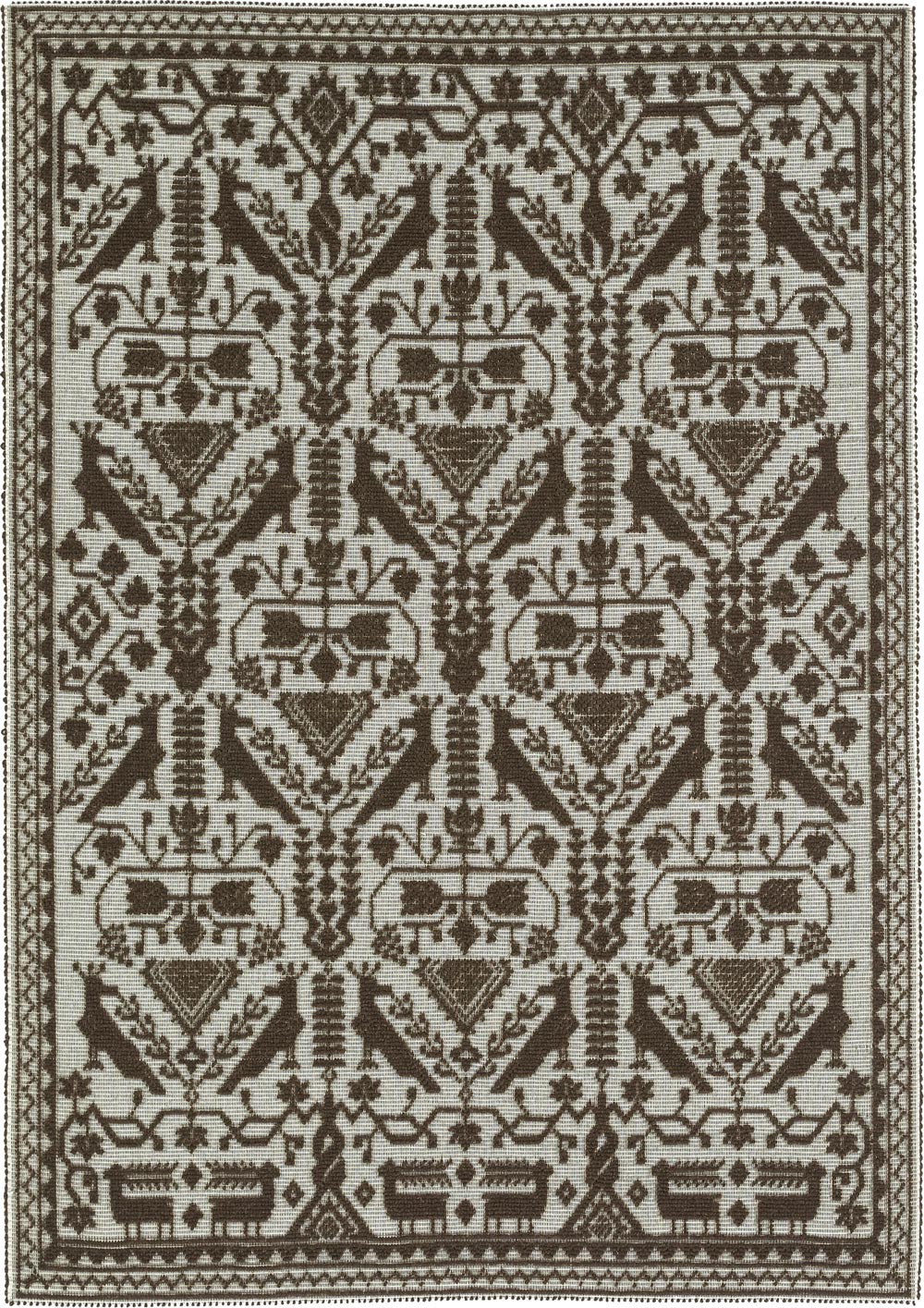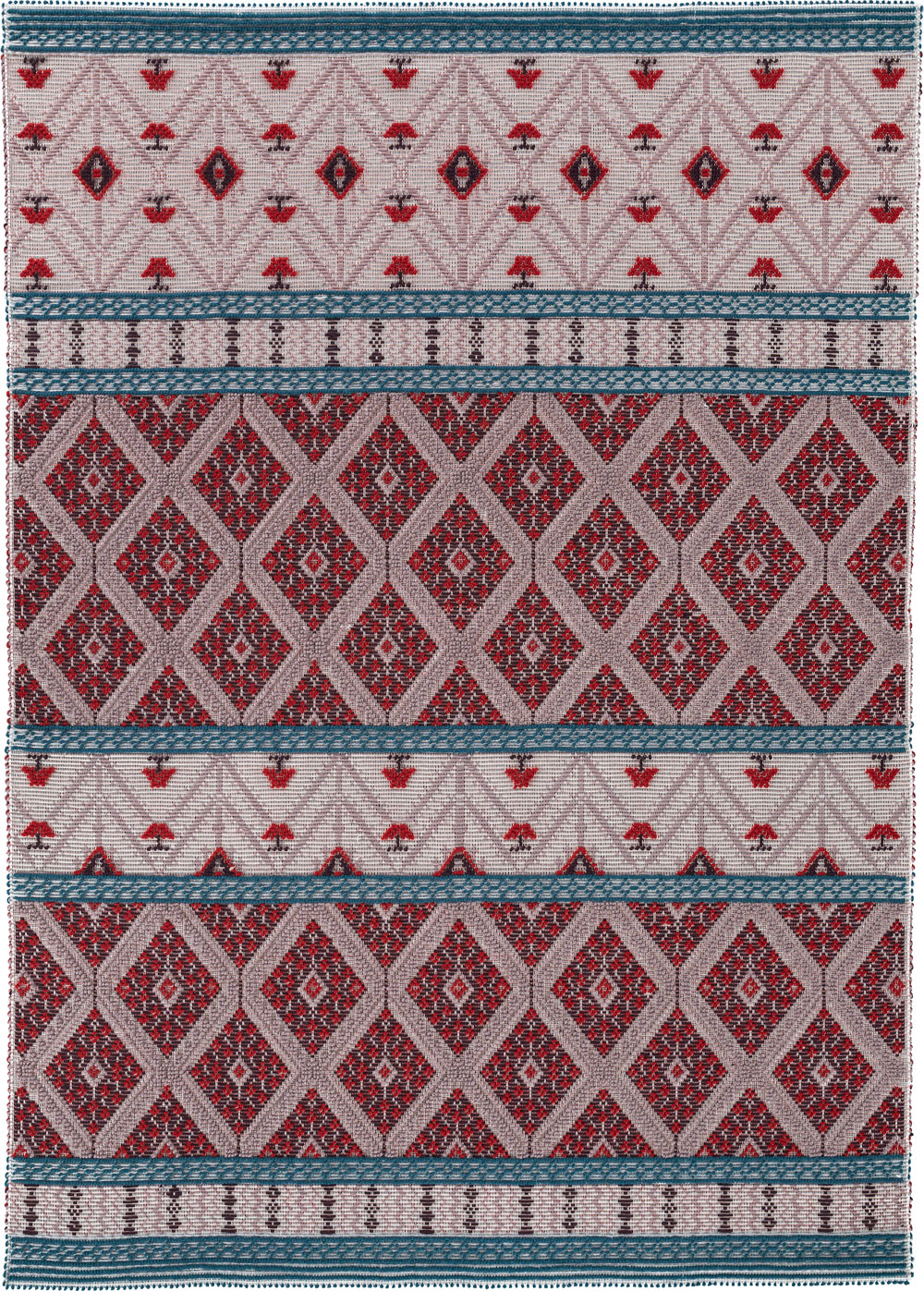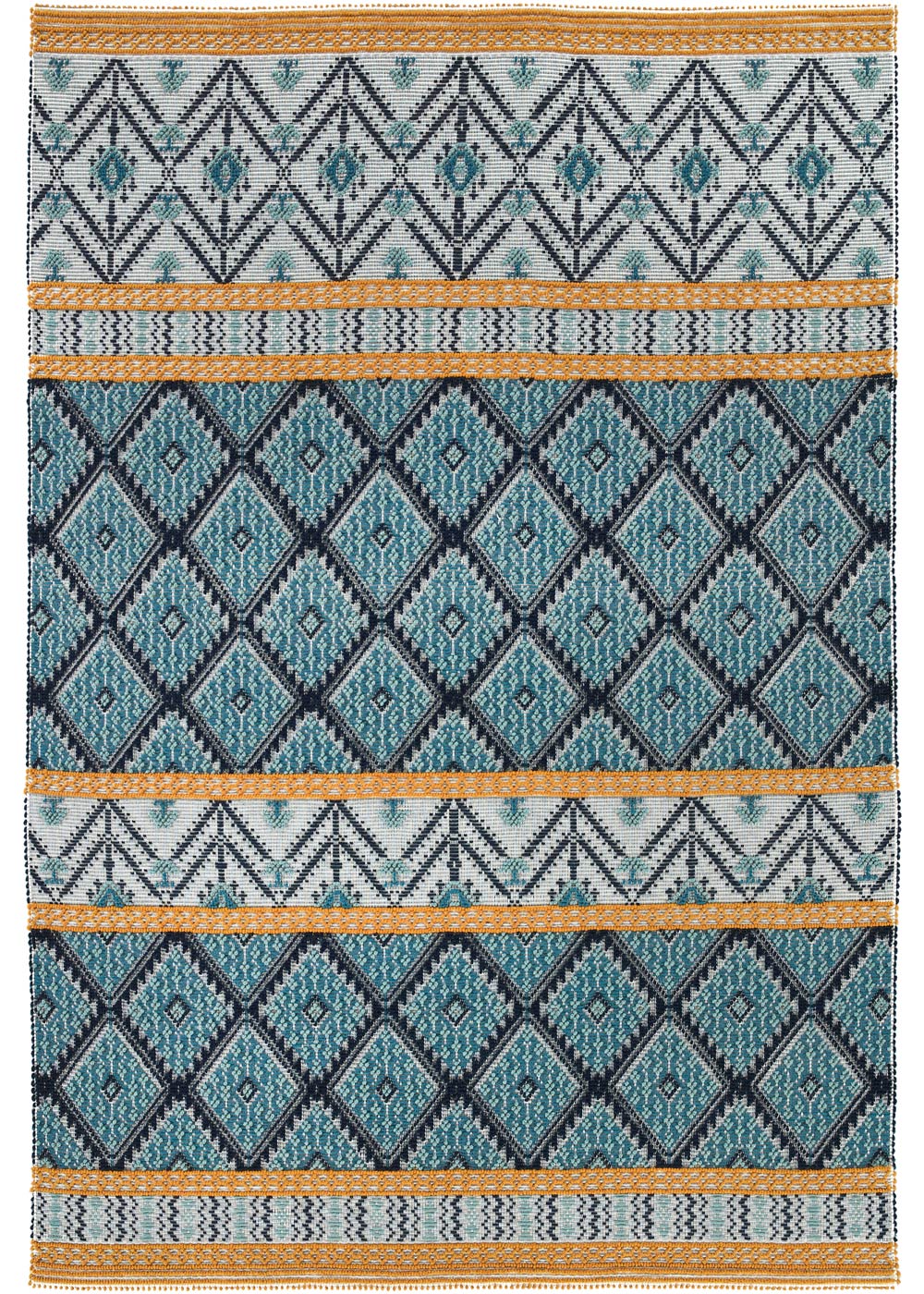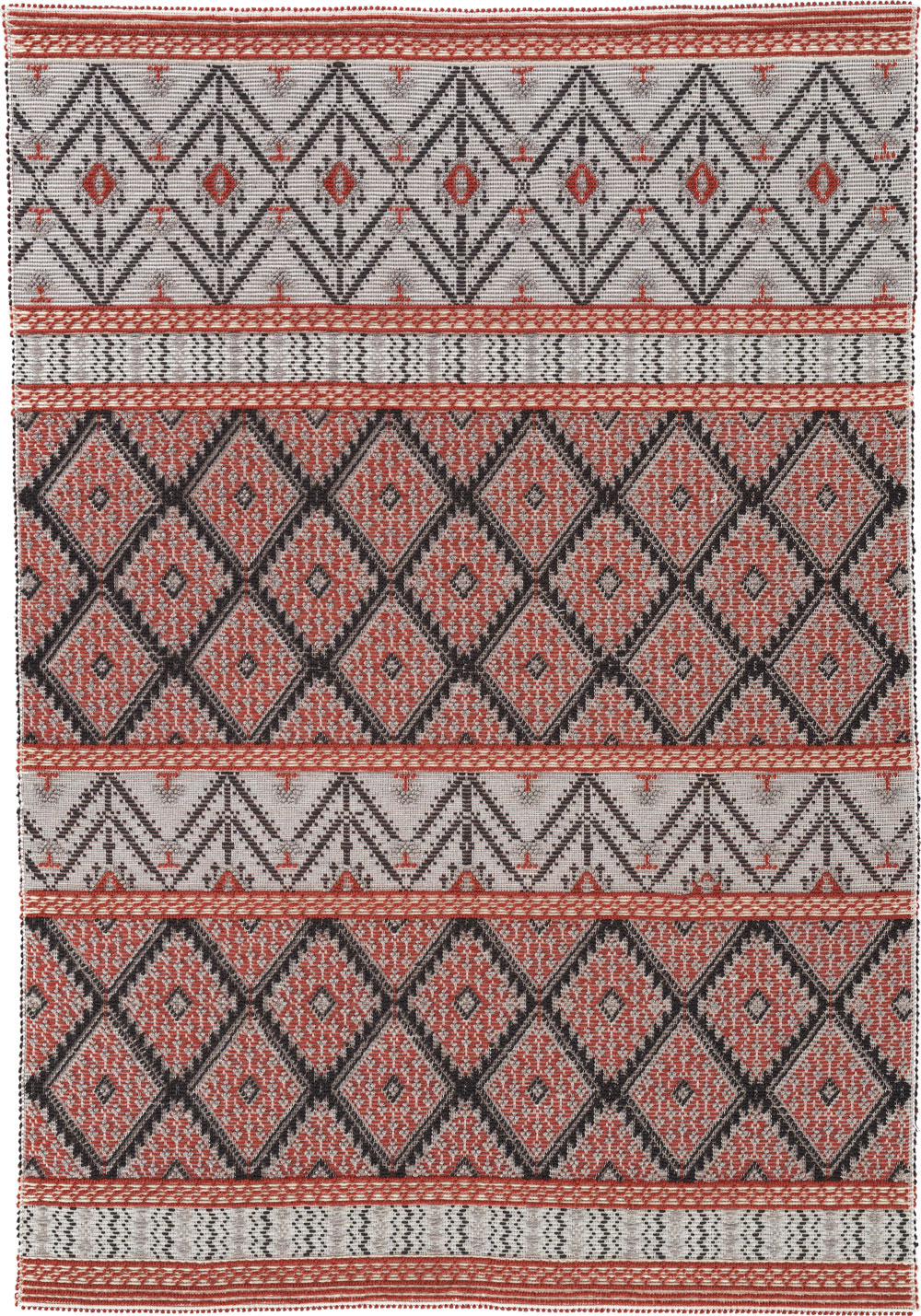Californian set designer Kyre Chenven and Milanese artist Ivano Atzori are the creative duo behind Sardinian based studio Pretziada, which means ‘precious’ in Sardinian. Motivated by the abundance of local craft, the pair moved to the southwest corner of Sardinia four years ago to bring Sardinian craftsmanship to a contemporary design audience.
The interdisciplinary creative practice promotes the Sardinian heritage through words, photography and a collection of design objects made in collaboration with local artisans like Mariantonia Urru.
Pretziada’s recent collaboration with weaving workshop Mariantonia Urru, whom we have had the pleasure of representing exclusively in Australia for the past few years, pays homage to Sardinia’s history. Together, through extensive research they have produced a contemporary new rug series inspired by traditional weaving patterns and motifs found on the island.
We caught up with Kyre and Ivano to find out more about their life in Sardinia, their collaboration with Mariantonia Urru and their process behind working with the local artisans.
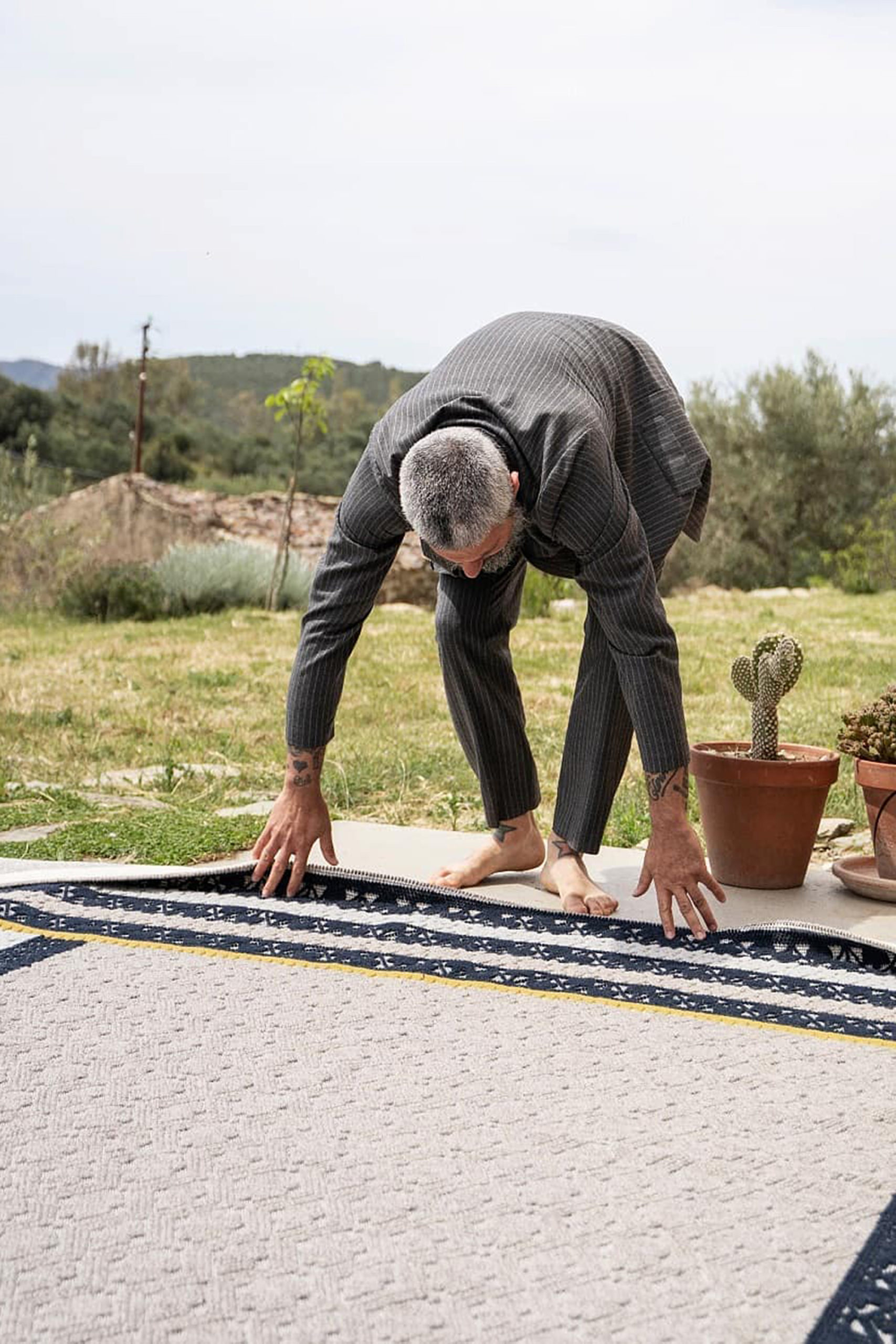
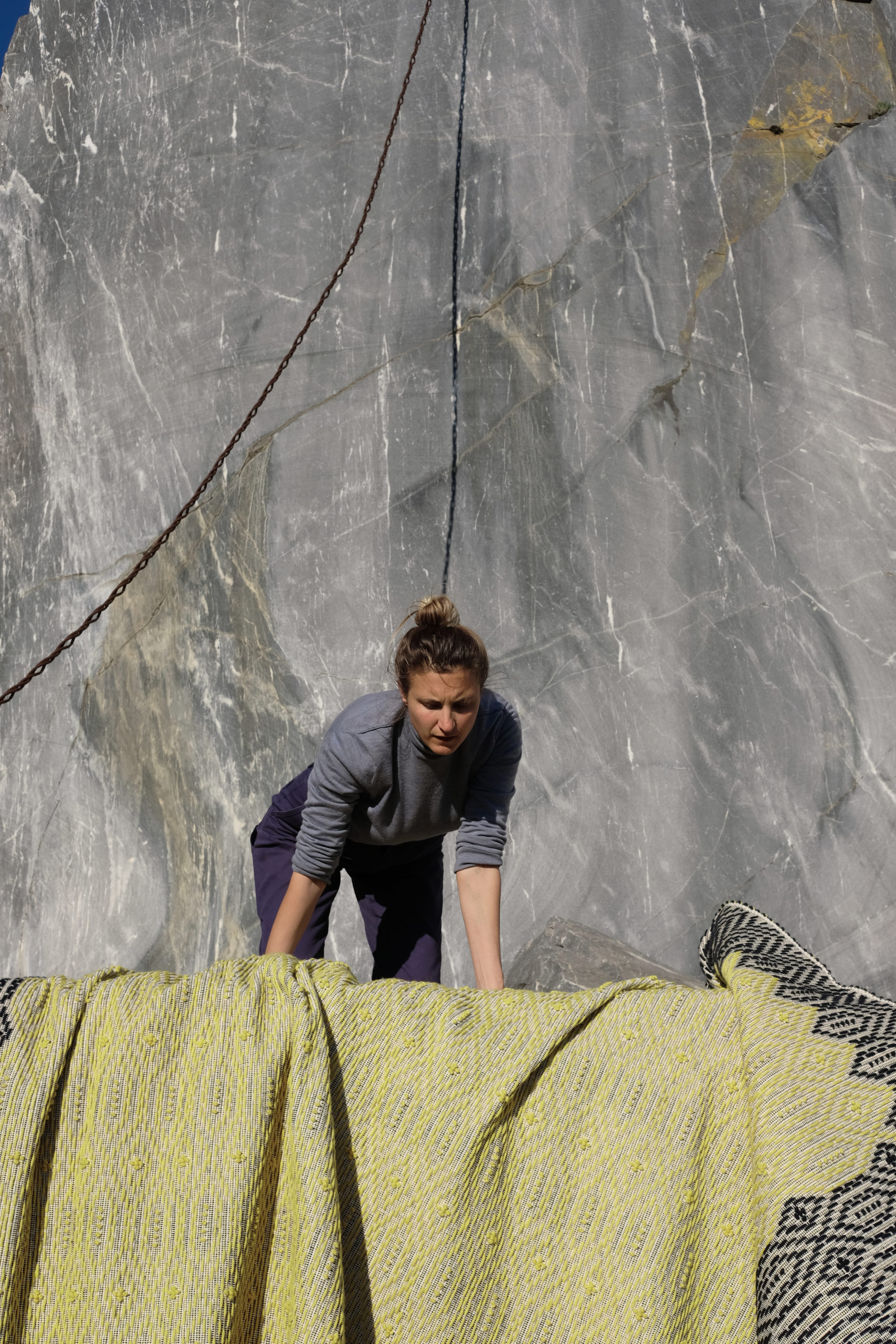
Can you describe the concept behind Pretziada and how it all began?
What drew you to Sardinia?
How easy was it to connect with the local community and what are some of the biggest challenges you face?


Can you describe the initial stages and processes when you first embark on a project with an artisan?
“
We researched techniques, colors and patterns from all over the island and proposed four designs that could begin to showcase classic Sardinian textile iconography. There is such a rich tradition of textiles on the island.
– Kyre Chenven
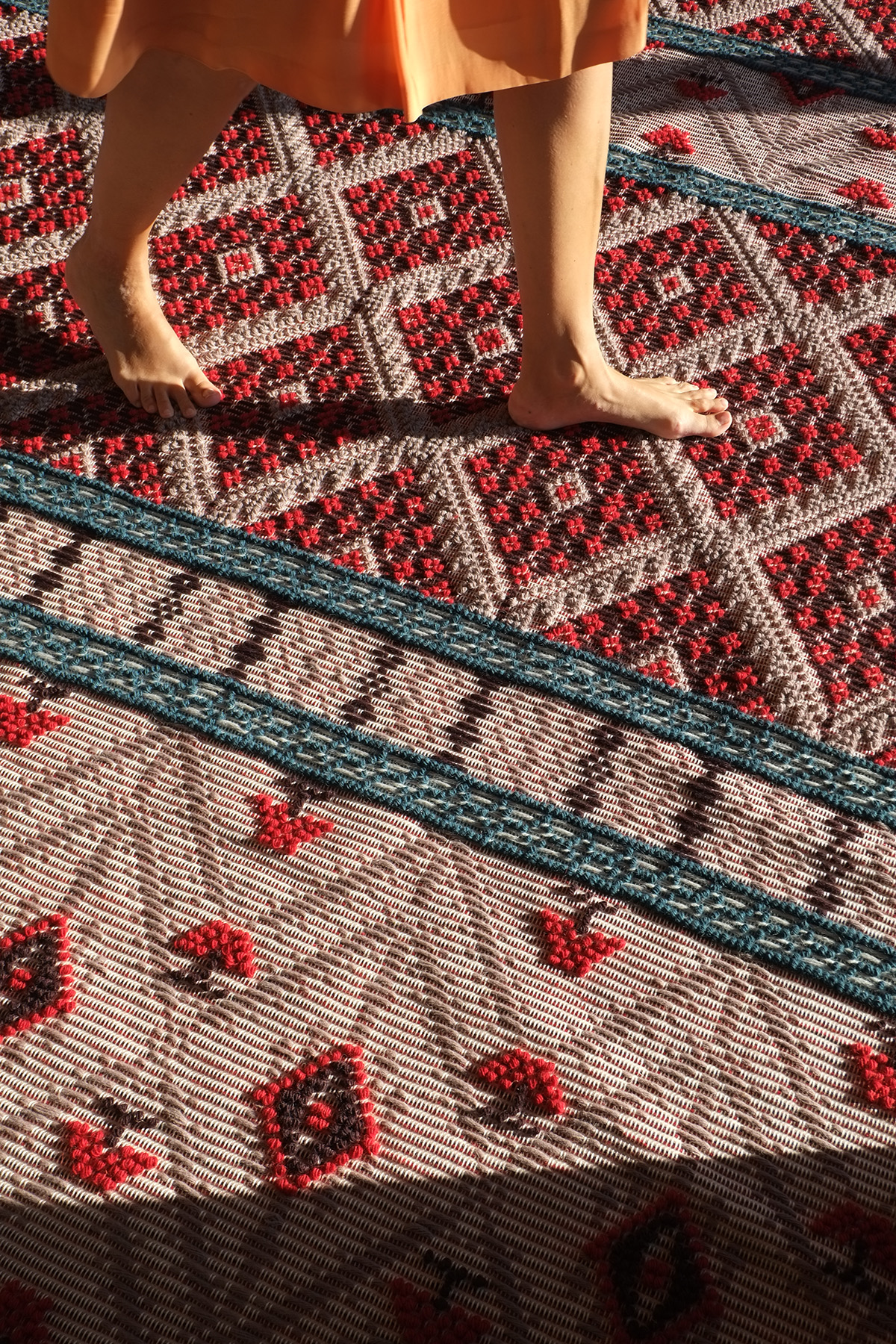
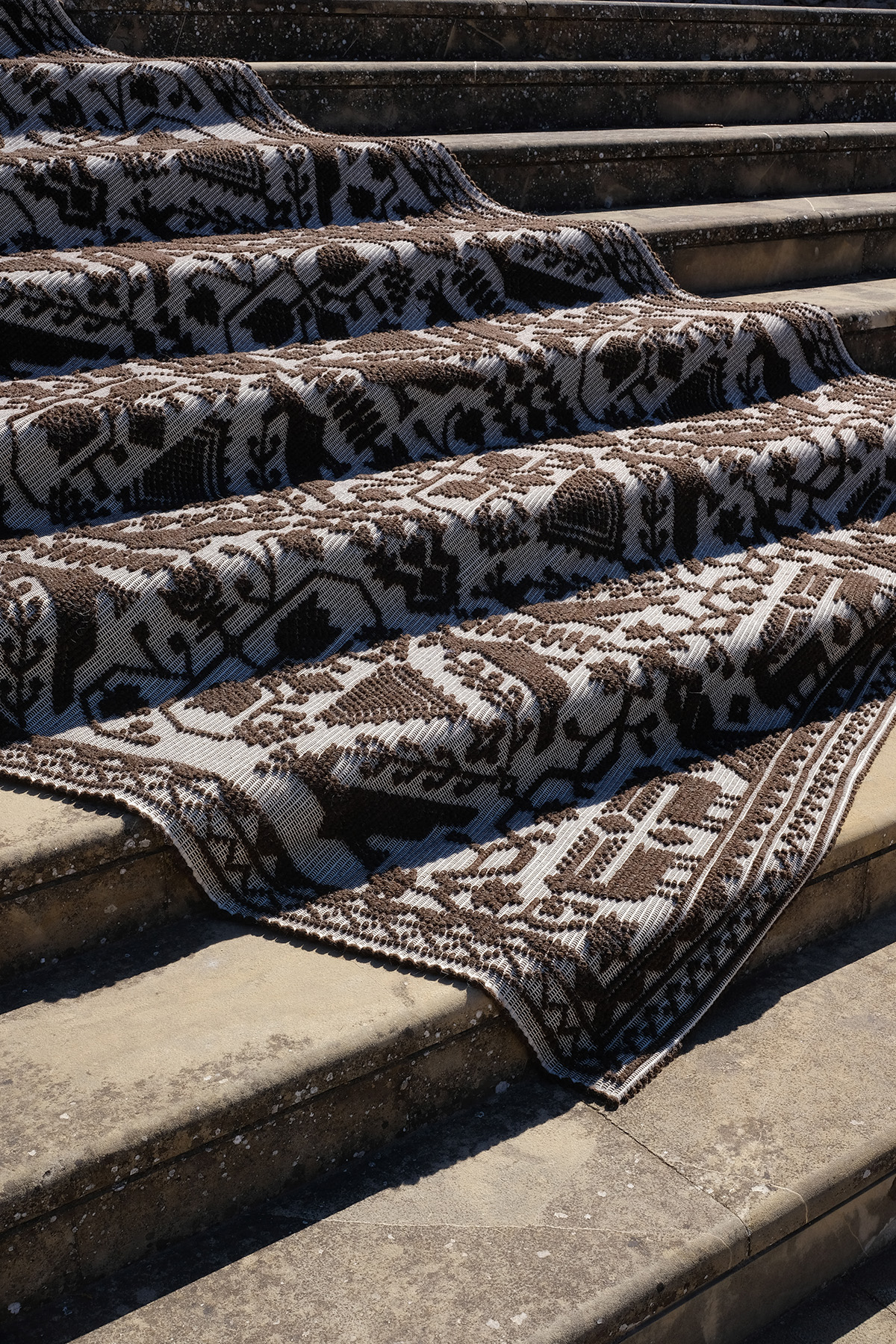
Can you tell us a bit more about your collaboration with Mariantonia Urru.
When we began working together, we saw that Mariantonia Urru had already put into action many of the theories and attitudes that we were working on with our other artisans. They focus on quality, chains of production, circular economy, investing in workers’ development. They also already studied what was going on in contemporary rug design globally, which is one thing we often spend a lot of time on with our other artisans.
What we decided to do together, then, was to strengthen the traditional pieces in their catalog. We researched techniques, colors and patterns from all over the island and proposed four designs that could begin to showcase classic Sardinian textile iconography. There is such a rich tradition of textiles on the island – so this is only the beginning of an ongoing collaboration.
Once we did decide to bring in a designer, we all agreed it needed to be someone who could understand the material question behind their textiles. Roberto Sironi is an incredible designer who really gets into the craft behind what he is creating, so we invited him to come to Sardinia and work with Mariantonia. Together we were able to create two tapestries, the Nuragic Satellitaria Collection, that visually presents the complex prehistory of the island and also pushed Mariantonia Urru to create new practical solutions for their creation.
What makes Sardinians craft so unique? Can you tell us a bit more about how this translates in Sardinian textiles and rugs.
Definitely its geographic position – Sardinia is an island, surrounded by water. For millennia, people from all over the Mediterranean Sea came to the island and with them came their narration, their beliefs, their customs. This process made Sardinian craft and heritage much richer, even at times when the visitors were colonizers.
This can be seen specifically in the textile craft, where there are myriad techniques and styles that co-exist on the island. These are not the result of individual choices as much as huge influences from other cultures from Northern Africa, Spain, the Middle East. The particular result of color use, geometry and contrast between styles is very unusual and striking. When you see one Sardinian textile, you might be tempted to classify it from another place. However, once you get to know the entire gamut of classic designs and techniques, they are unmistakable.
What’s it like working with local craftsmen? And what do you enjoy most about the process?
We love it. First we are deeply in love with workshops – their tools, their mess, the atmosphere, their super specific knowledge. There is so much narration that comes from those spaces. Our collaborators are tangible witnesses of an ancient society, which is so inspiring. Production processes are always different, every process is so related to the personality of the artisan and the designer. Our role is like that of curators, working to bring a balance between these two figures, to give them the condition to be a real collaboration based on understanding each other’s necessities and skills.
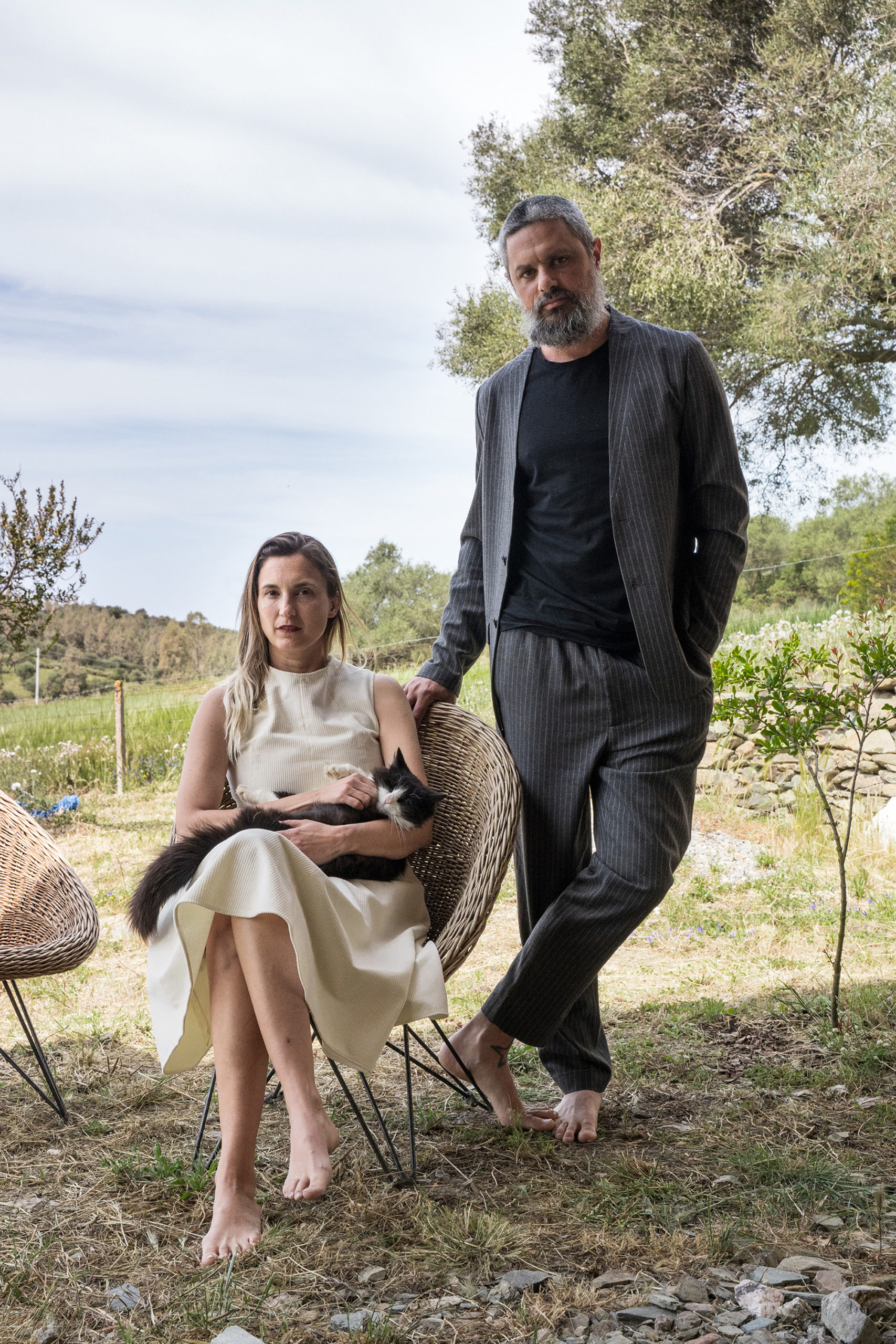
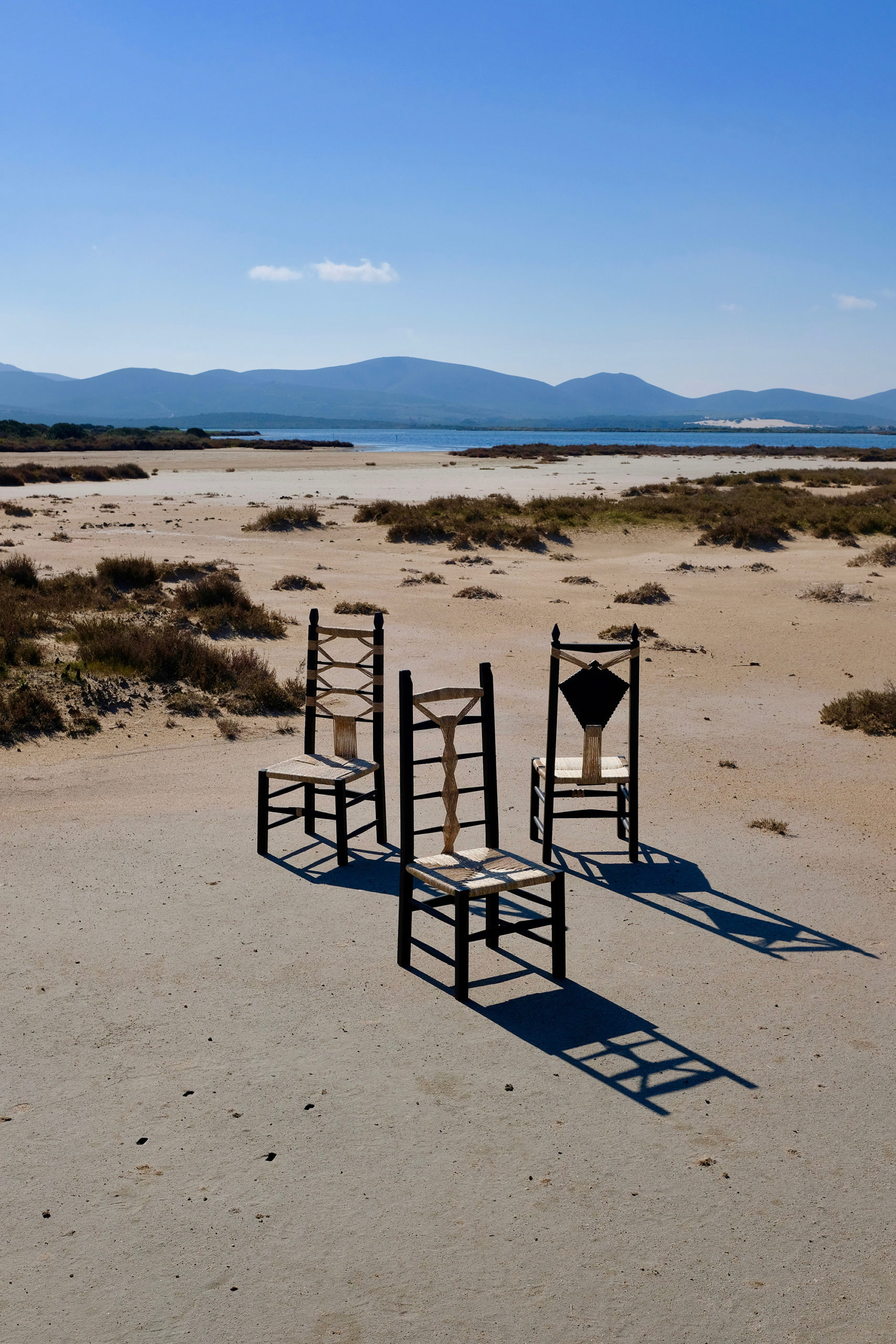
Can you take us through a typical day in Sardinia?
What projects are you currently working on that you are particularly excited about?
What are the future plans for Pretziada?
